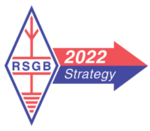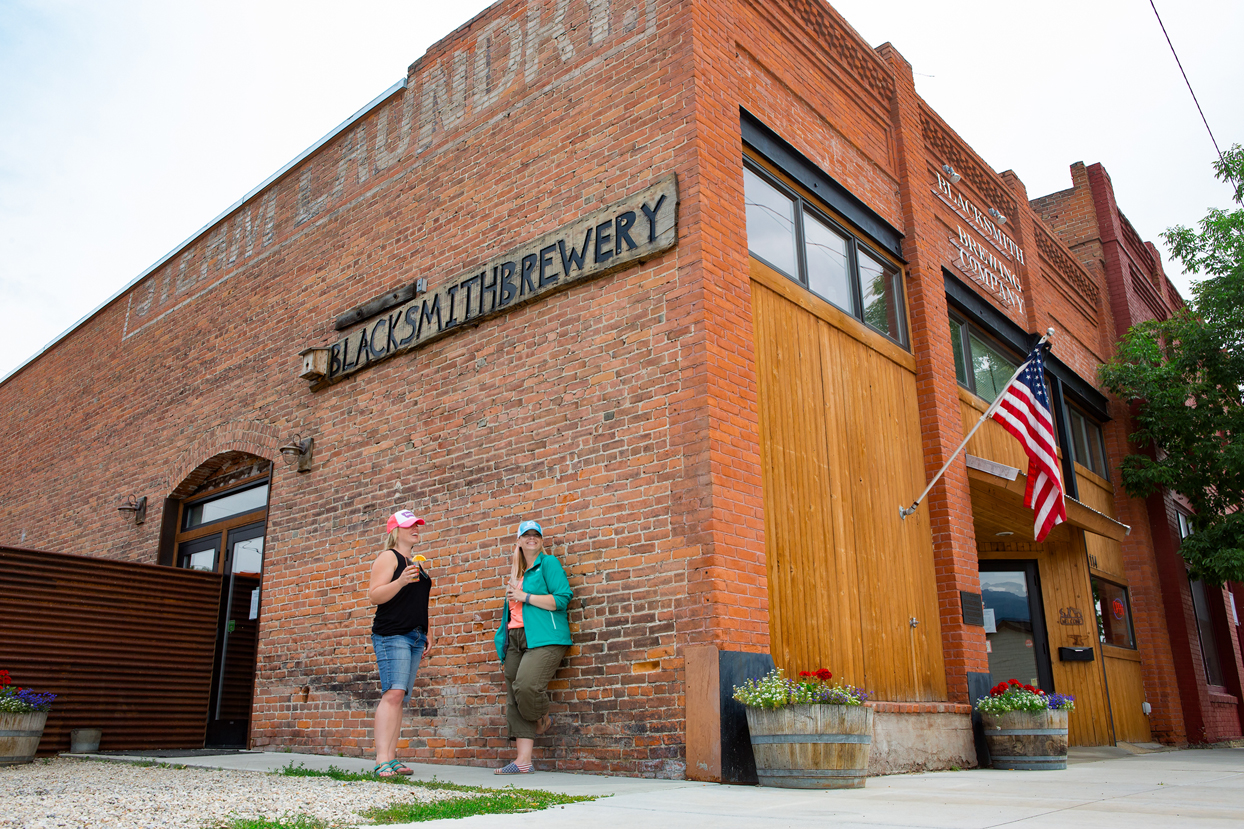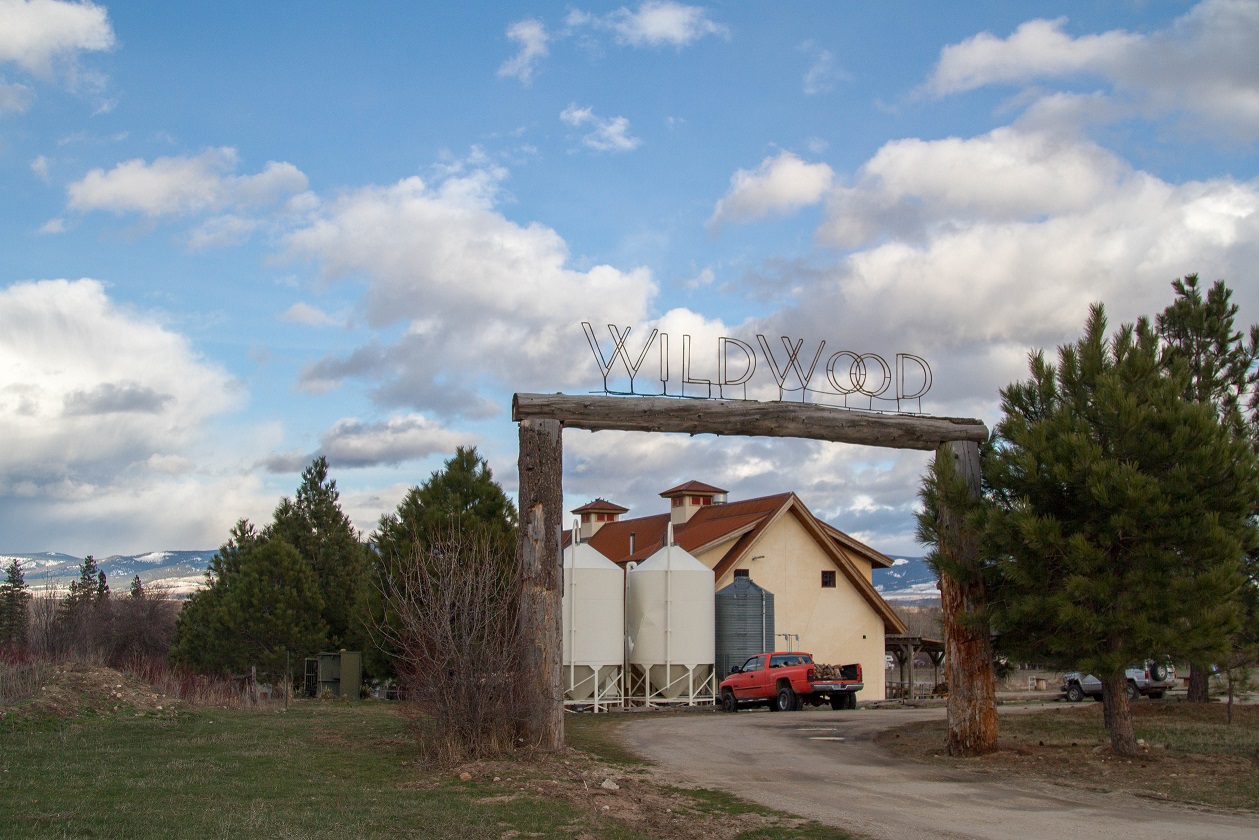N6QW Innovative Transceiver Projects!
One of my goals for 2018 is to share information about my past projects in hopes that other homebrew enthusiasts will take up the iron and "roll their own" Many of the projects go back over ten years; but are relevant today.
You can make great contacts using homebrew gear! But I should caution you that you may get comments from the other end such as "well I am looking at your signal with my FlexRadio 6700 on a 72 inch screen and it appears you are 10 Hertz low in frequency". You gotta have thick skin--just think your rig cost $100 and his maybe $10,000. But even being 10 Hertz low --you are still having a QSO.
There are three specific projects I would like to cover today and these include the following:
The first is a 20 Meter SSB transceiver that used MMIC's (Monolithic Microwave Integrated Circuits) arranged in a bilateral configuration. There were six total MMIC's employed in three sets of two for the bilateral amplifiers. This was kind of leading edge in 2011 for a homebrew ham transceiver. Initially I used a VTO (varactor tuned oscillator) but later this was changed to a Si570 VFO via a K5BCQ kit. [This was another rig given away when I had to move in 2013.] This by my definition an innovation in a ham rig.]
The second rig is a 17 Meter SSB Transceiver originally built in 2007. The innovation here was to use a crystal switched Super VXO to give a wide frequency coverage. The innovation here was the selection of the IF 4.9152 MHz and using 11.52 MHz crystals in a diode frequency doubling Super VXO circuit produced a signal; a 23.04 MHz and in doing the math 23.04 - 4.9152 = 18.124 MHz. Using the doubling circuit gave twice the swing in a Super VXO circuit. That worked so well that I custom ordered additional 11 MHz crystals so that I can cover almost the whole 17 Meter phone band.
The third project was a Shirt Pocket Sized 20M SSB Transceiver which was built in two versions with the first requiring a rather large pocket. The second version is 2X2X4 inches --still needing a big pocket. A third version planned for 2018 is to be Altoids tin sized. This rig also employed a 4.9152 MHz IF and this time a crystal switched heterodyne VXO. The first version in 2017 was retrofitted with a Si5351 and OLED Display.
The first is a 20 Meter SSB transceiver that used MMIC's (Monolithic Microwave Integrated Circuits) arranged in a bilateral configuration. There were six total MMIC's employed in three sets of two for the bilateral amplifiers. This was kind of leading edge in 2011 for a homebrew ham transceiver. Initially I used a VTO (varactor tuned oscillator) but later this was changed to a Si570 VFO via a K5BCQ kit. [This was another rig given away when I had to move in 2013.] This by my definition an innovation in a ham rig.]
The second rig is a 17 Meter SSB Transceiver originally built in 2007. The innovation here was to use a crystal switched Super VXO to give a wide frequency coverage. The innovation here was the selection of the IF 4.9152 MHz and using 11.52 MHz crystals in a diode frequency doubling Super VXO circuit produced a signal; a 23.04 MHz and in doing the math 23.04 - 4.9152 = 18.124 MHz. Using the doubling circuit gave twice the swing in a Super VXO circuit. That worked so well that I custom ordered additional 11 MHz crystals so that I can cover almost the whole 17 Meter phone band.
The third project was a Shirt Pocket Sized 20M SSB Transceiver which was built in two versions with the first requiring a rather large pocket. The second version is 2X2X4 inches --still needing a big pocket. A third version planned for 2018 is to be Altoids tin sized. This rig also employed a 4.9152 MHz IF and this time a crystal switched heterodyne VXO. The first version in 2017 was retrofitted with a Si5351 and OLED Display.
Some Project Details:
The first is the MMIC Transceiver which was the very first "big time" article I ever wrote about one of my projects --this even made the cover of QRP Quarterly. The embedded you tube video was made at the time the rig first had the VTO and the drift is pretty apparent. It was real crap. The final version with the K5BCQ Si570 VFO kit --was like night and day. I regret having to give this rig away when I moved. In 2017 I used the bilateral MMIC stage in a compact 20 Meter SSB transceiver. The AG-303-86G is a superb device. As I mentioned in the article I got help with the bilateral circuit from a ham at Tri-Quint who was the manufacturer of the MMIC.
In passing at times you bump into things that amaze you. A friend sent me an eBay listing for the AG-303-86G MMIC device from a seller in Israel. In the ad, my schematic for the bilateral stage was featured to show how they could be built into the circuit. The MMIC's are termination insensitive good from DC to 6 GHZ and feature 20 dB gain. Should mention that the data sheet includes the required resistors for various sources voltages which enable you to run the devices on anywhere from 5 to (I think ) 9 VDC. I picked 5VDC. Another neat feature of my circuit is diode steering so that when you "bias on" the MMIC that also steers the signal right left or left right. So OK another bit of innovation --for 2010.
To the best of my knowledge I am unaware of any other homebrew rig which used MMIC's in a bilateral configuration in 2010. I am sure there are commercial designs but my application may have been a first. I am sure blog readers will let me know otherwise.
In the last photo is shown the MMIC board (underneath the green perforated board) and a shot of the completed rig. There are two stories here (actually three) with first being the suitability of the MMIC's for our beloved rigs. The second is that the MMIC's can be effectively used in a bilateral configuration and the third -- great for making compact rigs.
The 17 Meter SSB Transceiver Project:
The second project is a 17 Meter SSB Transceiver first started in 2007 where some fundamental circuit blocks were initially developed that found their way into future projects. The heart of this rig was a bilateral amplifier circuit developed by G4GXO [SPRAT # 128] which used either a Dual Gate MOSFET or two J310's configured as a DGM.
Based on some information gathering in preparation for the build, I discovered that in the Elecraft K2 the IF Frequency was 4.9152 MHz. Hmmm good enough for Elecraft so good enough for me. This was a wise choice as I soon discovered that using a stock computer crystal of 11.52 MHz in a diode frequency doubling VXO circuit produced an output at 23.04 MHz. The frequency scheme in a down mix resulted in tuning smack in the middle of the 17 Meter Phone band. Subsequently I purchased special frequency commercial crystals that provided the upper phone band coverage of 17 Meters. A trick I used was to switch the VXO crystal banks was a relay that was controlled by a panel mounted toggle switch. Thus I had a high range of VXO frequencies and also a low range. The yellow cube in the photo below is a DPDT 12 VDC DIP Relay. Because of the frequency doubling two crystals per range in the Super VXO Circuit provided a large frequency excursion.
Also note the use of single sided copper vector board where a solid ground plane is the norm. After using this (somewhat expensive) medium you never think of Manhattan construction for projects like this. All wiring is point to point underneath the board. With some circuit noodling of the layout it is possible to achieve a layout that minimizes the circuit wiring and reduces the possibility of unwanted coupling. Some nice innovations here.
Complete details of this transceiver can be found on my 2nd Website Believe it or not this project started out as an attempt to build a shirt pocket SSB transceiver which resulted in a working rig; but definitely not something to fit in your shirt pocket. The boards above were finally fitted into an aluminum chassis measuring 7X7X2. There is room in that chassis to fit an Arduino/Si5351 and an OLED Display. That is in the queue.
Based on some information gathering in preparation for the build, I discovered that in the Elecraft K2 the IF Frequency was 4.9152 MHz. Hmmm good enough for Elecraft so good enough for me. This was a wise choice as I soon discovered that using a stock computer crystal of 11.52 MHz in a diode frequency doubling VXO circuit produced an output at 23.04 MHz. The frequency scheme in a down mix resulted in tuning smack in the middle of the 17 Meter Phone band. Subsequently I purchased special frequency commercial crystals that provided the upper phone band coverage of 17 Meters. A trick I used was to switch the VXO crystal banks was a relay that was controlled by a panel mounted toggle switch. Thus I had a high range of VXO frequencies and also a low range. The yellow cube in the photo below is a DPDT 12 VDC DIP Relay. Because of the frequency doubling two crystals per range in the Super VXO Circuit provided a large frequency excursion.
Also note the use of single sided copper vector board where a solid ground plane is the norm. After using this (somewhat expensive) medium you never think of Manhattan construction for projects like this. All wiring is point to point underneath the board. With some circuit noodling of the layout it is possible to achieve a layout that minimizes the circuit wiring and reduces the possibility of unwanted coupling. Some nice innovations here.
Complete details of this transceiver can be found on my 2nd Website Believe it or not this project started out as an attempt to build a shirt pocket SSB transceiver which resulted in a working rig; but definitely not something to fit in your shirt pocket. The boards above were finally fitted into an aluminum chassis measuring 7X7X2. There is room in that chassis to fit an Arduino/Si5351 and an OLED Display. That is in the queue.
The 20 Meter Shirt Pocket Transceiver:
As I stated earlier my initial quest to build a shirt pocket SSB transceiver started in 2007; but it was not until 2011 that I arrived at a shirt pocket sized transceiver. A rig 16 cubic inches is small BUT you still needed a large shirt pocket --Paul Bunyan sized more like it. In 2018 I am looking forward to building this same rig into an Altoids sized tin.
In 2011 I was overtaken by the desire to really get serious about a shirt pocket sized transceiver. W3TLN, Ed Vester built an all solid state SSB rig running 100 Milliwatts on 20 Meters that ran off of 6 VDC. The choice of 6 VDC was because it was a mobile rig fitted into a Volkswagen Beetle -- an early version with a 6 volt battery. It was a small rig and used a homebrew crystal filter and a VXO. The Vester rig was published in a QST article and subsequently published in the ARRL Sideband Handbook.
I built the Vester rig in the 1970's from the ARRL Sideband Handbook. But I could never get it to work. In the course of preparing some articles for QRP Quarterly, in 2010 I mentioned to John W5DIA about my non-success with the earlier project and he sent me a photo copy of one of the pages in the original article. BOOM --the article and the Handbook version schematics were different. That was my problem! I had a difficult time reconciling how there could be two different versions of the same schematic --in a QST publication...
Thus having found the problem with the Vester rig I decided that I would just build my own version -- the Vester rig was 7x7X2 --not a shirt pocket rig.
I built two versions of the shirt pocket rig with the idea that the first version would be the proof of concept and the second would capitalize on that experience to make it really small.
The is information on my website http://www.jessystems.com/20MSHIRTPOCKET.html about this project including some schematic diagrams. This project also was a subject of a QRP Quarterly article.
Noteworthy the original rig used the same crystal switched VXO approach as in the 17 Meter Rig with a twist in that the Super VXO operated at 12.906 MHz and was mixed with crystals in the 6 MHz range to give about a 120 kHz spread on 20 Meters. The reason for this choice/approach was the availability of standard computer crystals.
I built the Vester rig in the 1970's from the ARRL Sideband Handbook. But I could never get it to work. In the course of preparing some articles for QRP Quarterly, in 2010 I mentioned to John W5DIA about my non-success with the earlier project and he sent me a photo copy of one of the pages in the original article. BOOM --the article and the Handbook version schematics were different. That was my problem! I had a difficult time reconciling how there could be two different versions of the same schematic --in a QST publication...
I built two versions of the shirt pocket rig with the idea that the first version would be the proof of concept and the second would capitalize on that experience to make it really small.
The is information on my website http://www.jessystems.com/20MSHIRTPOCKET.html about this project including some schematic diagrams. This project also was a subject of a QRP Quarterly article.
Noteworthy the original rig used the same crystal switched VXO approach as in the 17 Meter Rig with a twist in that the Super VXO operated at 12.906 MHz and was mixed with crystals in the 6 MHz range to give about a 120 kHz spread on 20 Meters. The reason for this choice/approach was the availability of standard computer crystals.
Fast forward to 2017 and these rigs have been further modified with new case colors and Version 1 and been retrofitted with a an OLED/Si5351 and Nano digital LO.
This is a lot to absorb ... but is provided to open up a view of the homebrew possibilities. It goes without saying -- most of these are not first time projects but they do offer an insight into the amazing (and cheap) technology that is available to us today.
73's
Pete N6QW





















 We know that clubs around the country are doing great things to encourage new people into amateur radio and to help current radio amateurs to develop their skills at all levels.
We know that clubs around the country are doing great things to encourage new people into amateur radio and to help current radio amateurs to develop their skills at all levels.










